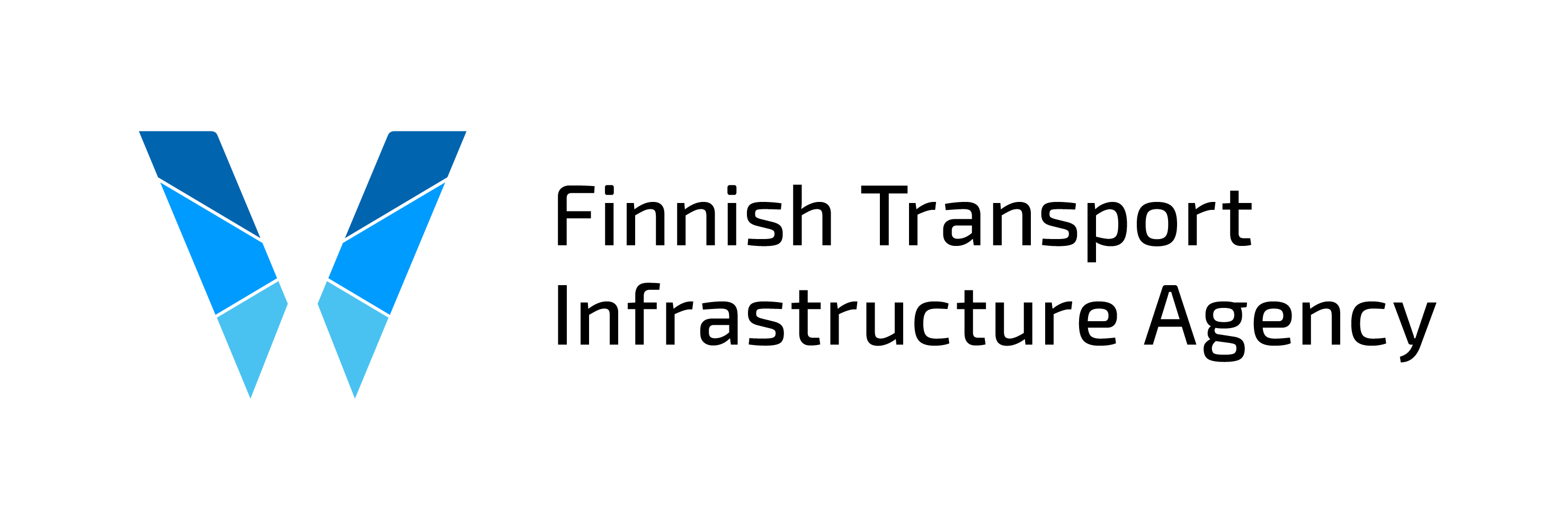“We were not able to make big alterations to the shipping lane because they would have required a process set in the Water Act, with permit applications and administrative consultations (with landowners, for example) to enact improvements to the channel, and there was not enough time for that. We had to think of more flexible solutions and to examine how the terminal vessel and the transport needed to fill it could reach the destination in the harbour”, says Olli Holm, a leading specialist for sea lane maintenance at FTIA.
“We understood immediately that good cooperation was the only way to advance such a project. Many actors were needed: Gasgrid, which owns the terminal, The Finnish Transport and Communications Agency Traficom, Finnpilot, the towage company Alfons Håkans, and the port of Inkoo. Communications were very intensive”, says Jarkko Toivola, Chief Maritime Specialist at FTIA.
Many challenges confronted the project. The channel to Inkoo is only about 150 metres wide, and as the breadth of LNG vessels can be up to 50 metres, the channel does not have much space to spare. The port of Inkoo is also somewhat cramped for this type of vessel which can measure as much as 300 metres in length. The method of bringing a terminal vessel to its destination is also exceptional in Finnish conditions.
“Four tugboats steer the ship to its destination, and Finland lacks experience for something like that. Usually there are only two tugboats. In addition, in the last two kilometres to the harbour, the ship must go in reverse. The reaction time of large vessels is also very long. We worked on solving these challenges through the summer”, says Holm, describing how the project progressed.
